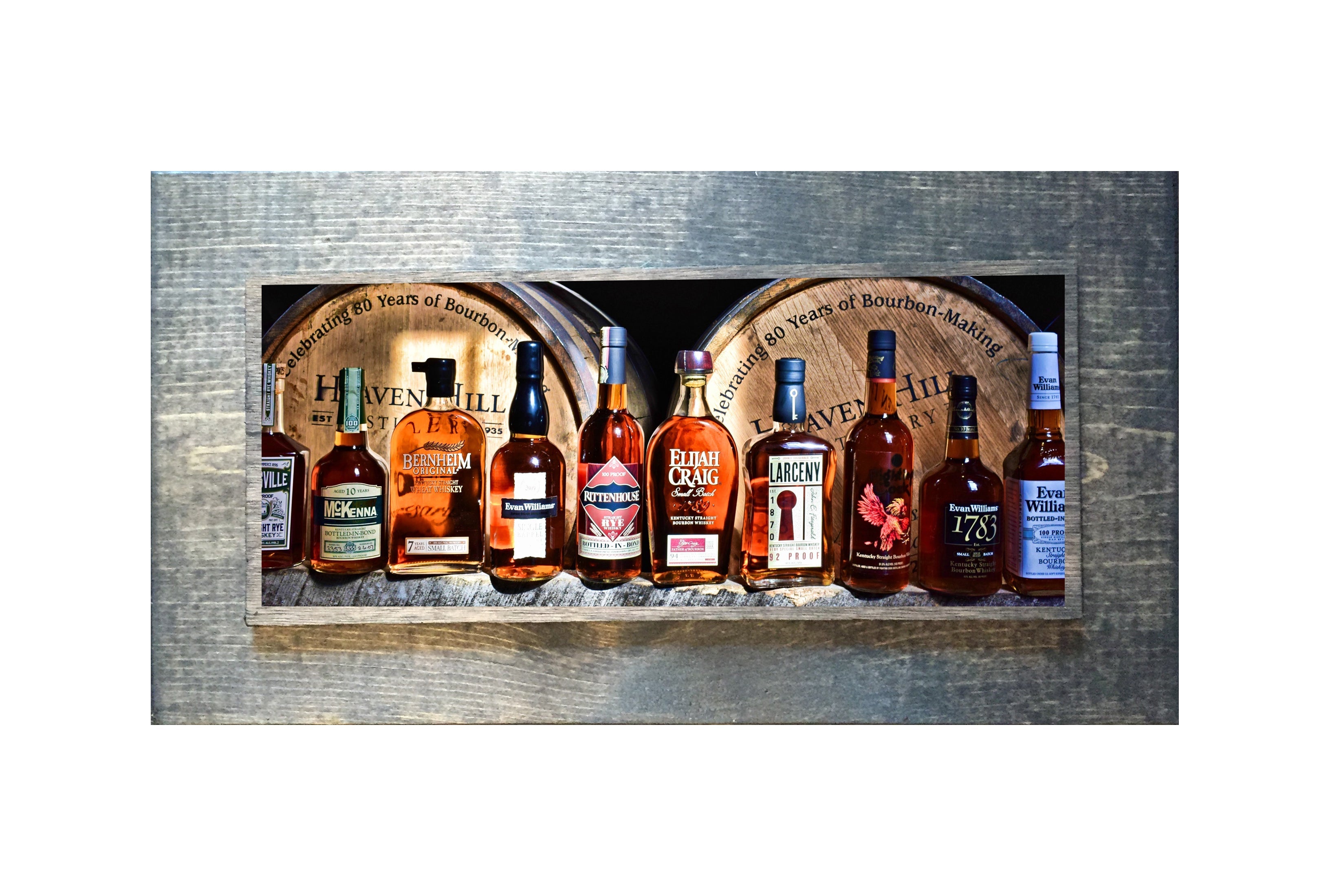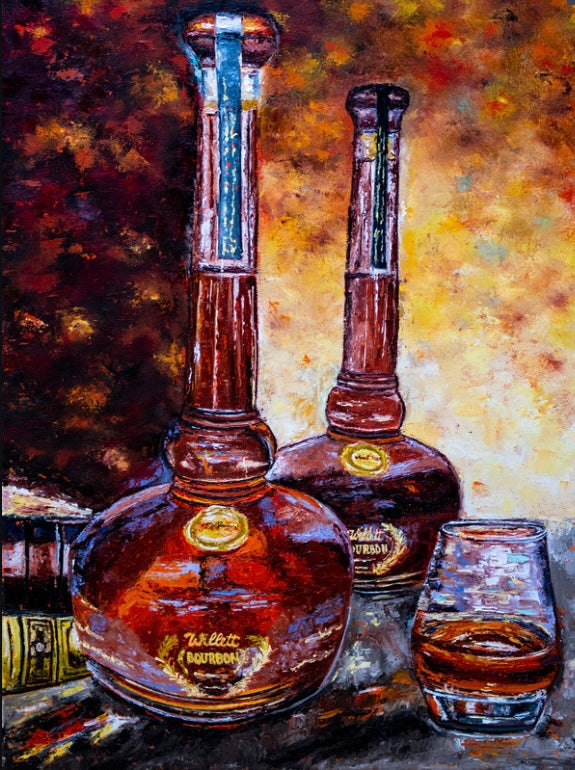Whiskey Art as a Statement: How It Boosts Home Decoration
Whiskey Art as a Statement: How It Boosts Home Decoration
Blog Article
The Significance of Whiskey Art in Celebrating Heritage and Craftsmanship in the Beverage Industry
The complex partnership in between scotch art and the celebration of heritage and craftsmanship within the drink sector can not be overemphasized. Through attentively developed bottles and labels, whiskey brand names encapsulate their historical origins and the artisanal skills that specify their manufacturing techniques. This imaginative measurement not only enhances market appeal however also works as a channel for social storytelling, cultivating a much deeper link in between the consumer and the craft. As we explore the different facets of this subject, intriguing inquiries concerning the impact of modern-day trends on conventional practices develop, triggering more assessment.
The Historic Roots of Whiskey
At the heart of scotch's appeal exists an abundant tapestry of historic roots that trace back to ancient people. The origins of scotch can be linked to the distillation practices of the Sumerians and Babylonians around 2000 BCE, where early types of fermented grain drinks began to arise. Nonetheless, it remained in the Center Ages that the art of distillation developed substantially, specifically in Ireland and Scotland, bring about the production of scotch as we understand it today.
The term "scotch" itself stems from the Gaelic word "uisce beatha," meaning "water of life." This expression emphasizes the cultural relevance of whiskey in Celtic societies, where it was typically related to routines, celebrations, and common bonding. By the 15th century, distillation ended up being an acknowledged craft within reclusive neighborhoods, leading the way for the establishment of legal distilleries.
As profession courses increased, whiskey's popularity grew, transcending regional boundaries and catching the rate of interest of connoisseurs worldwide. Limited Edition. This historical trip reflects not only the craftsmanship behind scotch manufacturing yet also its integral function in social and social contexts, marking it as a significant beverage throughout background
Artistic Expression in Branding
Scotch branding stands as an engaging crossway of artistry and commerce, where visual identification plays a vital function fit consumer assumption. The visual appeals of scotch labels, product packaging, and advertising and marketing products mirror not only the brand's tale however also its core worths and heritage. Via creative expression, distilleries share a narrative that resonates with customers, stimulating emotions and sparking links.
Using color, typography, and images in branding offers to set apart products in a saturated market. For instance, standard themes may stimulate a sense of credibility and craftsmanship, while modern styles can represent technology and forward-thinking. This strategic creative direction improves brand name acknowledgment and loyalty, permitting customers to forge an individual relationship with the scotch they choose.
In addition, artistic expression in branding often serves as an event of regional heritage. Distilleries frequently integrate neighborhood icons or historical referrals into their designs, creating a feeling of location that welcomes customers to take part in a more comprehensive social experience. Eventually, the virtuosity behind bourbon branding not just boosts aesthetic appeal but also improves the general story of the brand, promoting a much deeper recognition for the workmanship and heritage ingrained in each container.
Craftsmanship in Bottle Design
The artistry apparent in bourbon branding expands past visual identity to encompass the workmanship entailed in container style. Each bottle acts as a vessel not simply for the spirit within, yet also for the story it outlines its tradition, high quality, and beginning. The layout procedure calls for precise focus to detail, as components such as product, closure, and shape contribute considerably to the total understanding of the whiskey.
Workmanship in bottle style entails picking top notch glass that can boost the scotch's color and quality, while likewise supplying a tactile experience for the customer. The silhouette of the container should be both functional and visually enticing, usually showing the heritage of the brand name. Numerous distilleries choose unique shapes or embossed logos that evoke a sense of authenticity and background.
Moreover, the label style and typography play a crucial role in interacting the brand's narrative. Limited Edition. A well-crafted bottle not only captivates description the consumer's eye however also reinforces the brand name's dedication to quality and practice. In this way, the craftsmanship of container layout becomes an important facet of the whiskey experience, combining artistry with an extensive regard for heritage
Cultural Value of Scotch Art
Commemorating tradition and workmanship, the social importance of whiskey art goes beyond simple looks, intertwining with the historic and social narratives of the regions from which it originates. Each container works as a canvas, showing the distinct tales, folklore, and customs that have actually formed neighborhood whiskey-making methods. The intricate designs often mirror the heritage of the distillers, incorporating icons and concepts that resonate with the society and worths of their areas.

Furthermore, whiskey art plays a crucial role in public gatherings and events, working as a concrete link in between individuals and their shared experiences. By valuing the creativity in whiskey packaging, consumers cultivate a deeper understanding and respect for the craft, ultimately enriching their enjoyment of the beverage itself.
Modern Trends in Whiskey Presentation
In recent years, the presentation of scotch has actually evolved to reflect modern preferences and trends while still recognizing standard craftsmanship - Limited Edition. Distilleries are significantly concentrating on aesthetic elements that enhance the total alcohol consumption experience, connecting the void in between heritage and modernity
Ingenious bottle styles have arised, often incorporating sustainable materials and creative labels that tell compelling tales. Numerous brand names currently team up with regional musicians, infusing their items with distinct visual expressions that reverberate with customers. Additionally, limited-edition releases are commonly packaged in collectible containers, including value and charm for lovers.

Verdict
In verdict, whiskey art serves as an essential conduit for revealing the heritage and workmanship inherent in the beverage sector. With complex branding, ingenious bottle layouts, and culturally substantial artistic elements, bourbon brands effectively recognize their customs and link with customers.


Workmanship in container style involves selecting premium glass that can boost the whiskey's color and clearness, while additionally providing a tactile experience for the consumer. In this way, the craftsmanship of container design becomes an essential element of the scotch experience, combining virtuosity with a profound respect for heritage.
In verdict, scotch art offers as a crucial conduit for revealing the heritage and craftsmanship fundamental in the drink market.
Report this page